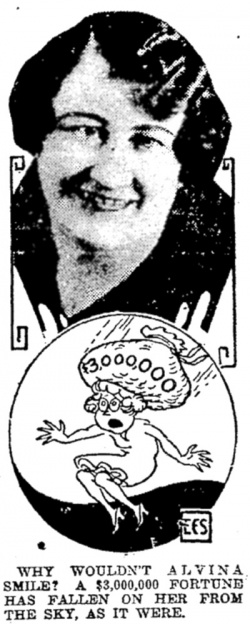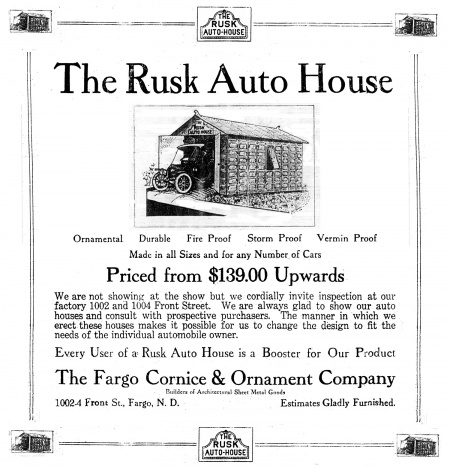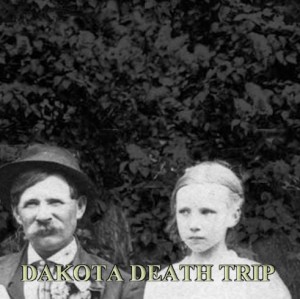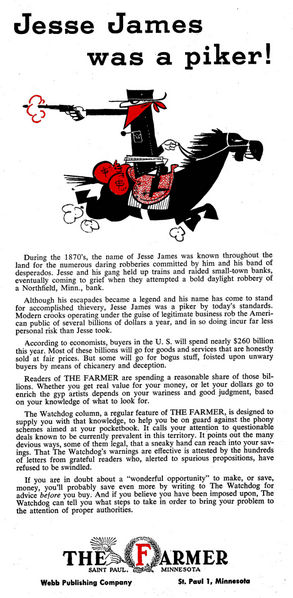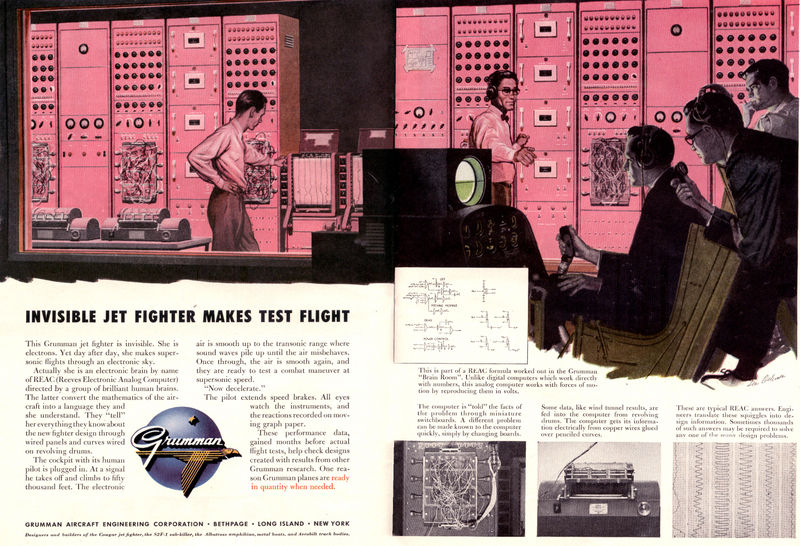Norwegian immigrants in the 1920s saw their chance at financial independence: an Amsterdam bank ran ads in newspapers looking for descendants of Elizabeth Sabo, a Manx woman who ended up in Norway after a ill-fated cow milking expedition.
The Amsterdam Fortune was her brother’s, bequeathed to the 6th generation of her offspring, to be paid on New Year’s Day 1927 who whatever heirs can be found. Hundreds of hopeful immigrants paid $10 each to retain a lawyer to collect their $3,000,000 each, but nothing ever came of it. If the internet had been around back then, they would already know that the rule was — as it is now — if a stranger asks for money to claim an inheritance, it’s probably a scam.
